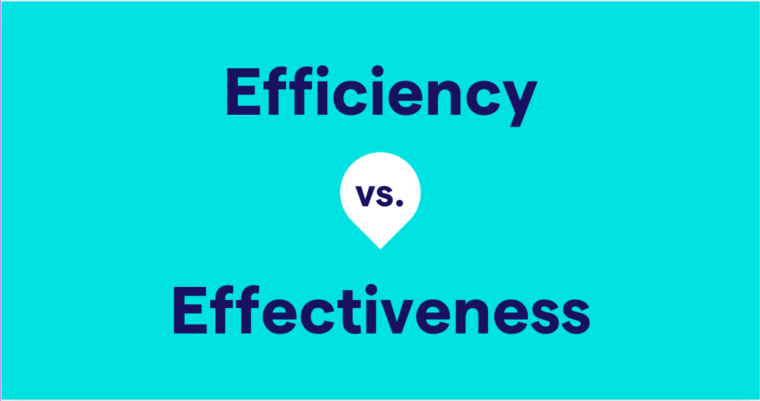Even though the difference in spelling between hoping and hopping is just one letter, the difference in meaning is actually much bigger. All you need to do is hope and hop to see how big a difference it is.
What is the difference between hoping and hopping?
When you look up the definition of hoping and the definition of hopping, you notice that they have one thing in common—both are present participles. Hoping is the present participle of the verb hope, and hopping is the present participle of the verb hop.
To hope for something means that we want it to happen. We use hoping to form one of the progressive tenses, like the present progressive and the past progressive:
To hop, on the other hand, is to make a small jump, and we use the form hopping like this:
The past tense forms of hope and hop can also be easily mixed up. The past tense of hope is hoped and the past tense of hop is hopped.
How to remember the difference
The best way to remember the difference between hoping and hopping is to remember the “c-v-c rule.” If the last three letters of a verb are a consonant, a vowel, and another consonant, double the last consonant. If you know this, it’s obvious that hopping is the inflected form of hop, because hope doesn’t fit the c-v-c rule.






